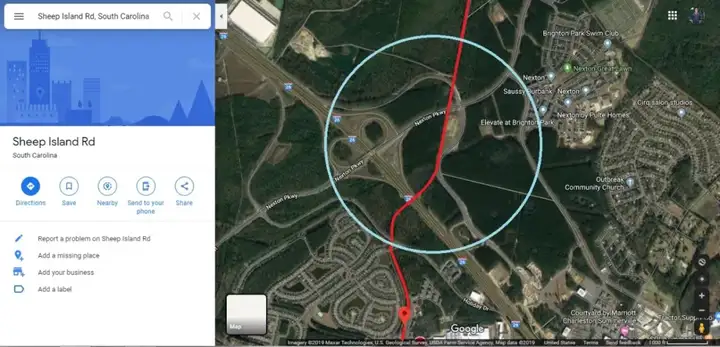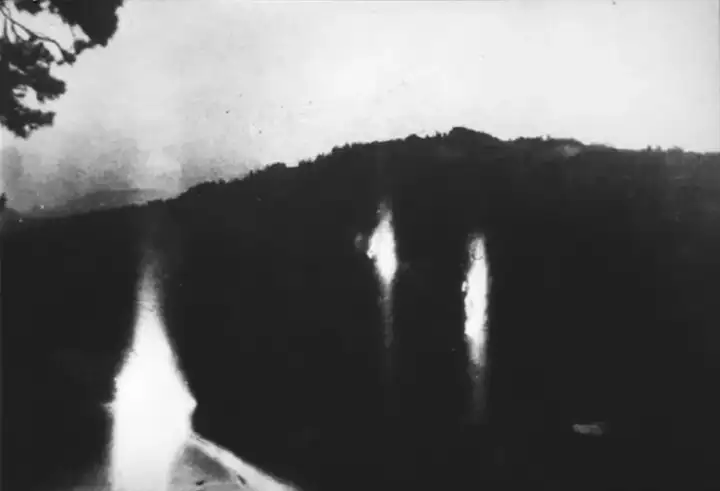
Why Can't We See "Ghost Fire" Anymore?
In the town of Summerville, South Carolina, USA, a ghostly legend has been passed down through the years.
Many witnesses claim that at midnight, by a stretch of abandoned railroad tracks, "ghost fire" appears. The flame dances up and down in the air, sometimes showing a faint blue, other times turning green or orange-red. The story of the "ghost fire" spread, and Summerville once became a famous "ghost town" in the surrounding area.
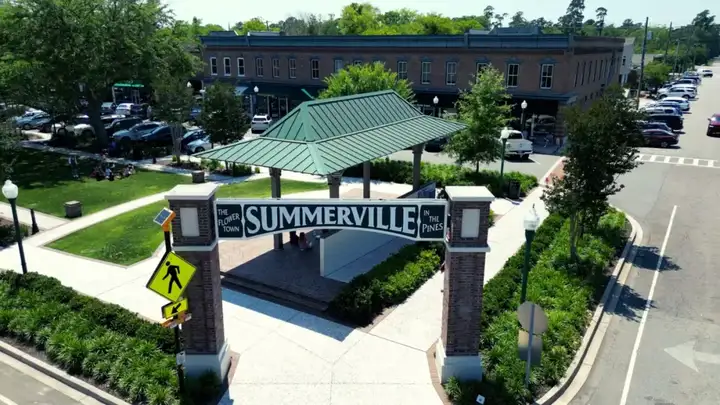
Summerville, with a population of about 50,000, is known as the "City of Flowers in the Pine Forest." Almost every resident can fluently recount the story:
Long ago, a woman would wait at the train station every night with a lantern for her husband to finish work. He was a night-time police officer for the railroad company. Year after year, they walked home hand in hand after the train arrived.
One day, the train was unexpectedly late. When it finally arrived, the conductor told the woman that her husband had died in an accident. From that day on, the woman continued to wait at the station with her lantern every night, even after her death. In the story, the "ghost fire" is the light from her lantern.
To stop the influx of explorers, the police once cordoned off the area in question, as shown in the warning sign from the past. On November 12, 1970, the local "Evening Post" reported the phenomenon seriously. The article described the "ghost fire" as being the size of a golf ball; if you got too close, it would chase you; if you were in a car at the time, the vehicle would stall.
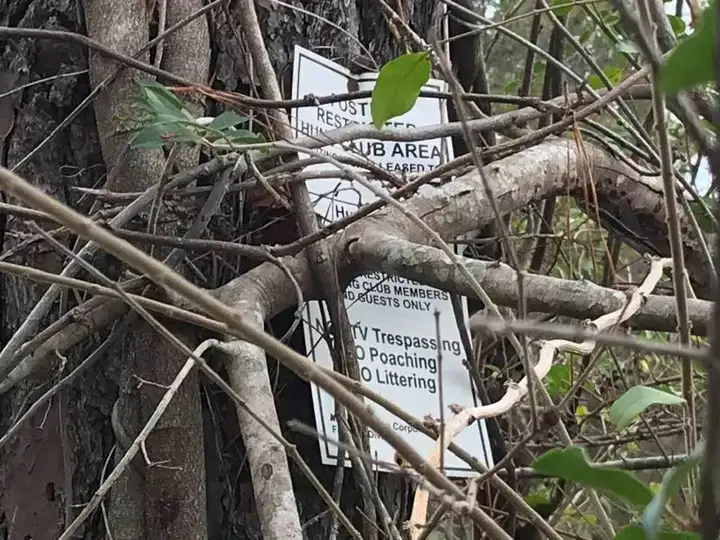
Susan Hough, a seismologist with the United States Geological Survey, was very interested in Summerville's "ghost fire" and believed that this paranormal phenomenon could surely be explained scientifically. After reviewing a large amount of historical documents, media reports, and letters and diaries, she finally found a clue.
Susan Hough, she published her findings in the January issue of the "Seismological Research Letters" journal.
In Summerville, besides the "ghost fire," many reports claimed that vehicles would suddenly be pushed violently by an "invisible hand." The owner of a teahouse also said that sounds came from the empty second floor, doors were slammed shut, and objects were moved. As a seismologist, Susan immediately became alert to these phenomena.

She continued to search through historical records, and an important clue emerged: on August 31, 1886, a magnitude 7 earthquake occurred in Charleston, South Carolina, and the epicenter was near Summerville.
The earthquake caused 60 deaths.
After investigation, Susan and her colleagues found that there is indeed an active geological fault under Summerville, which occasionally causes undetectable tremors.
Suddenly, all the paranormal phenomena seemed to be explained: the widow's lantern and the invisible giant hand all pointed to a concept in seismology—earthquake lights, which are lights that appear in the sky above the affected area during an earthquake.
In 2014, an article analyzed 65 earthquake light events and concluded some patterns. For example, earthquake lights often occur in areas far from tectonic plate edges and where the ground is rich in iron and magnesium. Earthquake lights not only have a low probability of occurrence, but their shape, color, and range are also vastly different, leading to a series of ghost stories around the world.
In November 1988, earthquake lights appeared in Quebec, Canada. However, the existence of earthquake lights is still debated, and the official stance of the United States Geological Survey is hesitant.
How exactly are earthquake lights formed? Currently, the scientific community has not reached a consensus, but there are several mainstream explanations.
One explanation suggests that the enormous pressure before and during an earthquake causes complex chemical reactions in rocks under specific conditions, releasing a large amount of charge. These charges pass through the gaps in the rocks to the surface, causing the air to ionize and form glowing plasma.
Another explanation posits that during an earthquake, combustible gases such as methane are released from underground. Many objects, such as iron filings next to railroad tracks, generate static electricity through friction while shaking (such as iron filings next to railroad tracks), eventually igniting methane and producing blue or red light.
An earthquake light event that occurred in Japan in 1968 (source: internet)
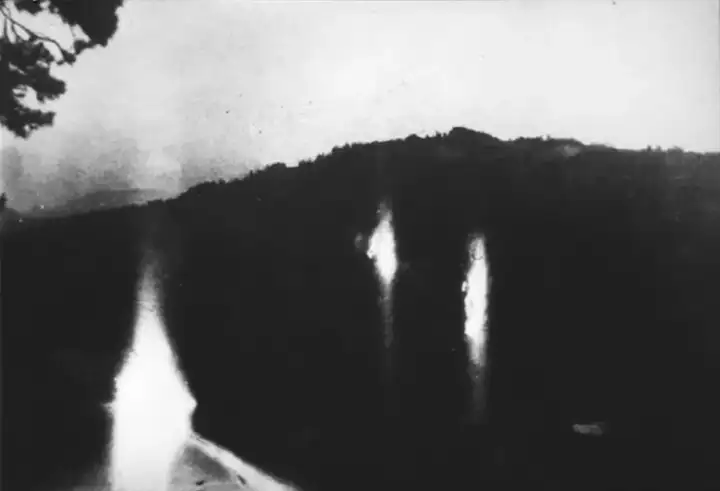
The 2014 article also pointed out that faults with an angle close to vertical are more likely to produce earthquake lights, but the probability of earthquake lights occurring is still very small, less than 0.5%.
These phenomena caused by geological activity together create the illusion that ghosts are wandering nearby. "Susan told the media," "Looking across America, there are many places with similar legends, and they may all be related to low-level seismic activity."
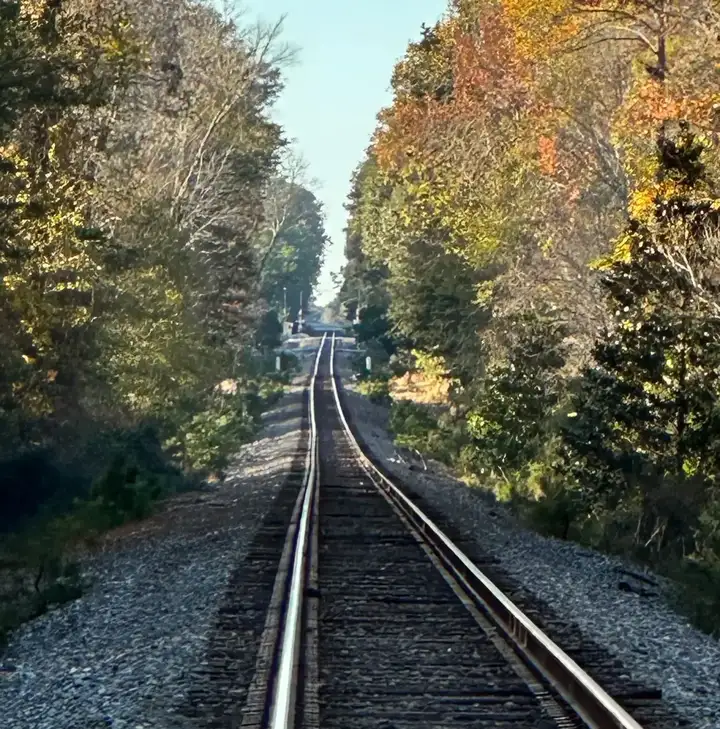
A section of railway in the south of Summerville has shifted, believed to be a trace of the 1886 earthquake. Source: Susan Hough
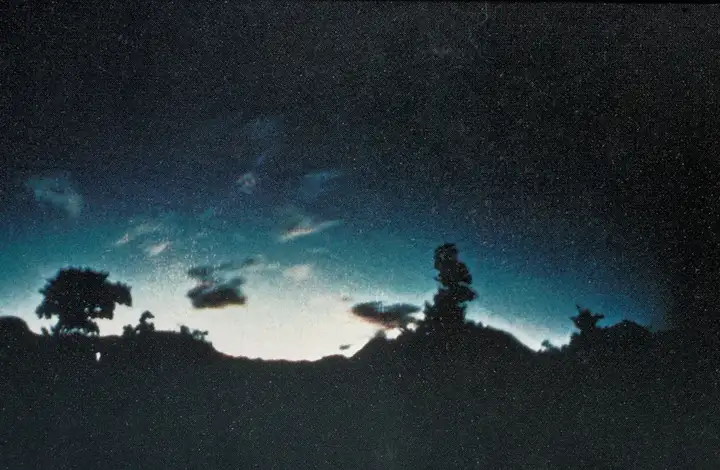
For example, in Brunswick County, North Carolina, there is a story almost identical to Summerville's: the soul of a railroad worker is wandering along the railway looking for his lost head. Susan found that Brunswick County is also in an active seismic area, and the geological conditions are similar to Summerville, so the "ghost fire" there is very likely also earthquake lights.
Recently, Summerville has not seen "ghost fire" for a long time. However, locals prefer to interpret this change romantically: with the abandonment of the railway and the demolition of old buildings, the widow finally let go of her obsession, admitting that being stuck in the past is futile.
She decided to stop searching and extinguished the light in her hand to move forward.
A highway ramp now cuts off the path where the "ghost fire" used to appear.
